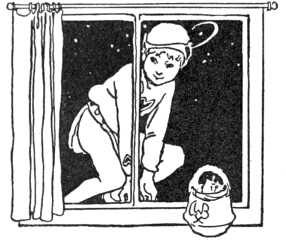 Social media’s negative effects on teens have been speculated about for a long time. Many say that it should be limited or even abolished completely. This is especially the case with the popular short-form content app TikTok.
Social media’s negative effects on teens have been speculated about for a long time. Many say that it should be limited or even abolished completely. This is especially the case with the popular short-form content app TikTok.
They’re still going strong despite doing their research saying that it hurts teens’ mental health and the research going into the public’s view.
“Compulsive usage correlates with a slew of negative mental health effects like loss of analytical skills, memory formation, contextual thinking, conversational depth, empathy, and increased anxiety,” wrote TikTok’s research.
Not only have the documents proved to negatively affect teens, but they also interfere with personal responsibilities.
“Compulsive usage also interferes with essential personal responsibilities like sufficient sleep, work/school responsibilities, and connecting with loved ones,” wrote TikTok’s documents.
One of the biggest topics that pop up in today’s issues about social media is body image. Filters making content creators thinner and younger with fuller lips and bigger eyes created a norm for the younger audience, which can easily cause image disorders.
TikTok’s algorithm studies its users, causing the content to be entertaining for everyone. TikTok has even found an estimated amount of videos someone could watch before getting addicted: 260 videos.
Kentucky authorities say: “While this may seem substantial, TikTok videos can be as short as eight seconds and are played for viewers in rapid-fire succession, automatically. Thus, in under 35 minutes, an average user is likely to become addicted to the platform.”
To “help” endlessly scrolling, Tiktok made “break” videos, which tell users to take a break and get off the app, however, the purpose of that change wasn’t to prevent endlessly scrolling. They were made to seem better.
One executive said that they are “useful in a good talking point,” with policymakers, however, “they’re not altogether effective.”
It isn’t just a small part of people dealing with a TikTok addiction. According to Pew Research Center, TikTok was the second most-used app in 2022 with 67% of people using it. Youtube was the most used app with 95%.
Although more people have used YouTube before, More people constantly visit or use TikTok than YouTube with 17% of people saying they constantly visit or use TikTok, which is one more percent than YouTube.
The majority of people using TikTok are teens. Senior Ryan Ross says that he’s on his phone 10 hours a day on average and is on TikTok “all day.”
A reason people spend a lot of time on TikTok might be because they lose track of time, while on the app; this is also called “doom scroll.”
Junior Keimara Marshall said that she gets stuck in a “doom scroll” for about an hour and a half two times a week.
TikTok almost met its doom during Trump’s first term, he signed a presidential order putting a ban on the use of TikTok, which was supposed to be put in place in January 2025. He switched roles during the presidential election and now wants to “save” TikTok.
“We’re not doing anything with TikTok, but the other side is going to close it up, so if you like TikTok, go out and vote for Trump,” said Trump in a post on Truth Social
To “help” endlessly scrolling, Tiktok made “break” videos, which tell users to take a break and get off the app, however, the purpose of that change wasn’t to prevent endlessly scrolling. They were made to seem better.
One executive said that they are “useful in a good talking point,” with policymakers, however, “they’re not altogether effective.”
Not only does TikTok know about the trouble it causes to teens, but instead of fixing it, they manipulate the public’s trust.











